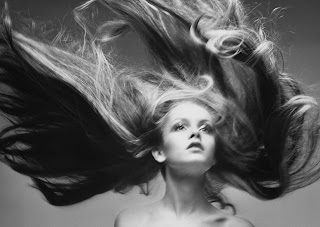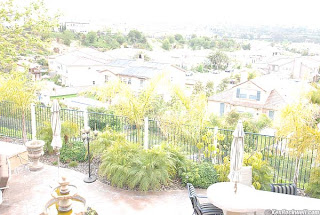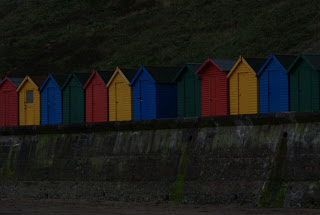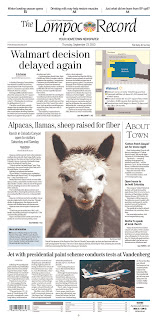Application:
The word Art means to me is expression of a person's tormented soul, expressing his emotions and feelings on a canvas, some artists can be exentric sometimes, not to mention creative in what skill of art they're good at, like photography for example, artists using photographic images for a masterpiece are considered to be geniuses, some artists photographing decisive moments is also another form of a masterpiece because it allows the viewer to see a world that we couldn't see before but is captured by the eyes of the artist or photographer, in most companies.
Name of Art Photographers:Alejandro Chaskielberg: At 18, Alejandro had been shooting political assignments for magazines and local newspapers in Buenos Aires, but soonn he became frustrated with the creative limitations of press photography.
After years of studying the violin and working as a musician, he returned to imagemaking by working a s a cameraman on public television documentaries,he took photos of the wilderness, wild swamps and tropical rivers in South America's Congo River, next door to Brazil.
Esteban Pastorino Diaz: Her style is photographs of buildings being edited to look like black and white photographs in the 1900s, although they don't look like it, they are modern buildings with bits of rust, grime, cracks, nooks and crannies to make her photos have an effect of looking like as if it really came from the 1900s.
Alec and Carmen Soth: A father and daughter duo pair of photographers stroll around their hometown for a few hours each day, Carmen photographed rubbish on the beach, postcards on racks and the ground, often her sparkly red shoes in the shot, but after a while, she ran out of steam so her father decided on certain subjects to look for, among them were pushchairs and balloons as the project started to take shape.
Conceptional Photography: My understanding of Conceptional Photography would be the idea of making your photo abstract, taking a photo of your chosen scenery or chosen subject in real life would be just an ordinary photo, but if you take a photo and altered it by making it look like something that no one has seen before, then your photo would be abstract.
Alec and Carmen Soth both made abstract photos by taking pictures of various subjects with bits and piece sof rubbish on the lens to create an sbstract effect of shadow and light art photograpghy work.
The images of Alejandro and Estsban are special and unique in every way, Alejandro's photo style of everyday life in South America's Congo River is of people working, fishing, hunting, selling sugar cane plants and how they get about.
Esteban's photo style is very simple because altering the colour patterns on her photos gives it an effect of it being taken by an old fashion camera in the 1900s, each style of each of these photographer's photos are outstanding.
Contexts:The surroundings of Alejandro's photos from the Congo River in Brazil make such of an accurate window to what goes on everyday in South America, letting us see how the people live and thrive in such a hostile wet environment by selling sugar cane plants, as for the surroundings in black and white photos, the images there make such of a wonderful effect of the good old days style in the modern day, in other words, the 1900s gets shift into the year 2010.
The images are just pinned onto a board because framing is too expensive and too flashy for a bunch of photos, Alejandro's pictures are pinned onto a white piece of cardboard because the white with plenty of colour in the middle makes the photo stand out pretty well for viewers, as for Esteban's photos, she put her photos on a grey background where her black and white photos could be noticed and reconistioned f0r it's style in the 1900s.
Technique:Alejandro's photos are reached to an audience because his style of photography involves a foreign land, South America is rather interesting because it's every child's dream to be an explorer, exploring wild swamps, tropical rivers and untamed wilderness with so many wierd and unusual creatures lurking about, Alejandro really captured the moments of each and every day in the Congo River, also it tells everyone what life is like out there and how people there survive in such very wet, very wild hostile territories.
Esteban's photos are reached to an audience because her style of photography invovles modern buildings with old bits and pieces of nooks and crannies, which are overlooked by builders or have been forgotten for a long time, Esteban's idea for these modern buildings with old bits all over them is to make them look even older by altering the colour structure of her pictures and make them black and white, something like a real photo being taken in the 1900s, except for the ten minute development and the sideplates.
Each of these pictures being printed came through a studio's projection by using a special machine to print photos onto photo paper, the photos being printed onto the paper is a special paper that feels thicker then paper a
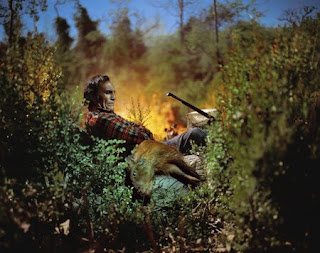
nd it's sh
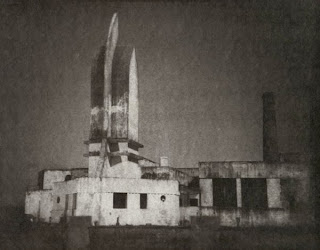
inier than paper.
Alejandro Chaskielberg: The Hunter
Esteban Pastorino Diaz: Francisco Salamone






 nd it's sh
nd it's sh inier than paper.
inier than paper. 

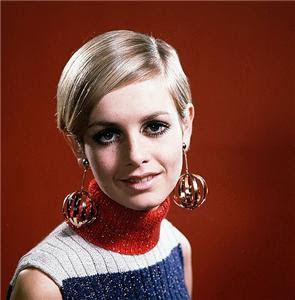
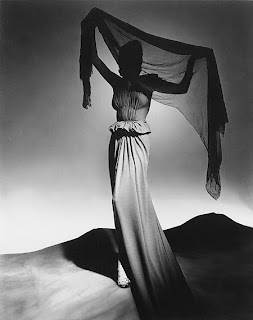 George Platt Lynes is a photographer of power, taming nature to work at his expecttations, like being infulenced by dancing, showing off all flesh and nudity
George Platt Lynes is a photographer of power, taming nature to work at his expecttations, like being infulenced by dancing, showing off all flesh and nudity